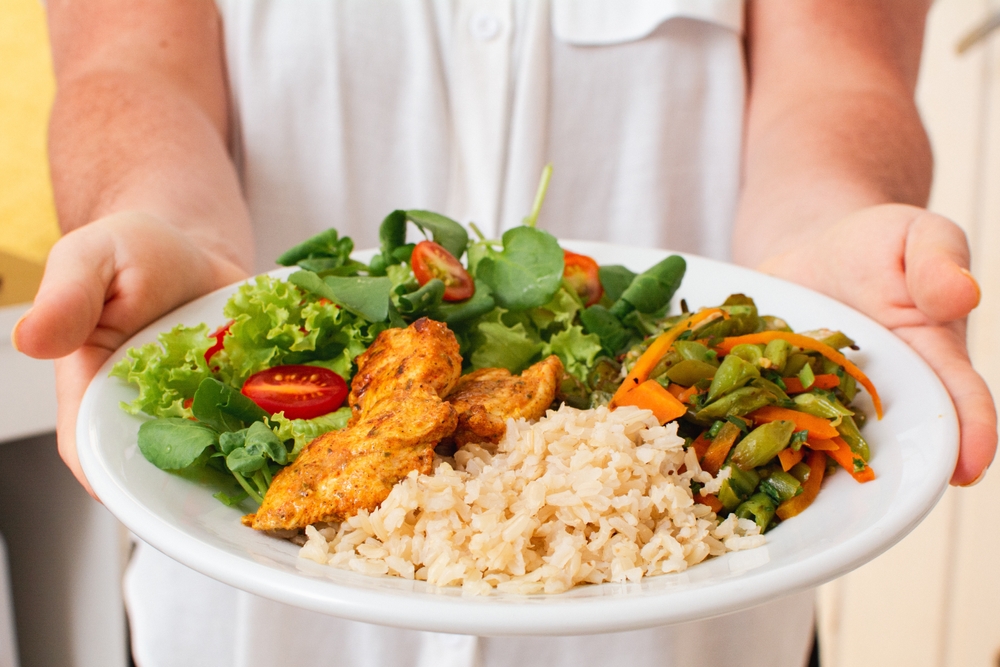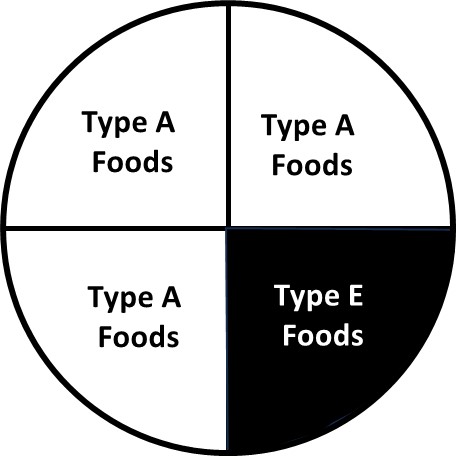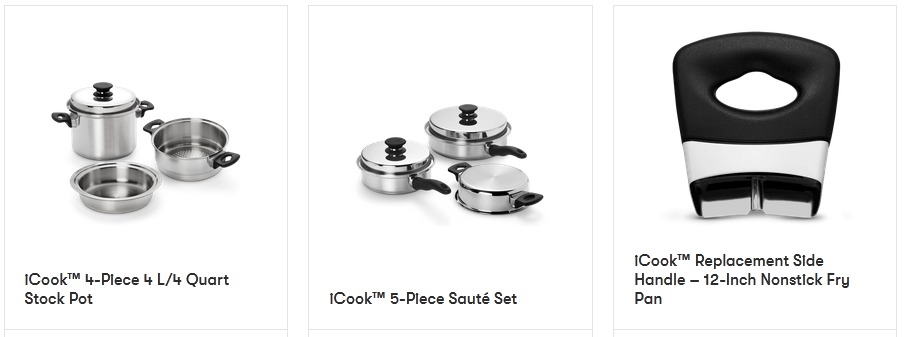What are the different diets?
Exploring the Spectrum of Diets
When it comes to health and wellness, the world of diets can feel like a maze. From old-school practices to new-age trends, there's a buffet of options out there. So, what are the different diets?

Dive into the Different Diets: What's on Your Plate?
Mediterranean Diet: "Embracing the Old World Wisdom"
Imagine a diet inspired by the deliciousness of Mediterranean cuisines—think Greece, Italy, and Spain. It's all about fresh fruits, veggies, whole grains, and good fats. Olive oil, fish, and even a bit of red wine are part of the charm. This diet is linked to heart health and living a longer, healthier life.
Ketogenic Diet: Harnessing the Power of Ketosis
Ever heard of the keto diet? It's all about embracing high-fat and low-carb meals to get your body into a state called ketosis. By doing this, your body starts burning fat for fuel. People rave about its weight loss benefits and even its potential to help with certain health conditions. But, keep in mind, it's not for everyone.
My wife, who tends to be more on the passive nervous system side, has found that the ketogenic diet is a great fit for her. It turns out, the diet includes stuff she loves, like red meat and healthy fats. For her, it's not just about the health benefits but also about enjoying what she eats.
The protein in red meat and the good fats from things like avocados seem to give her the kind of energy she needs. It's turned into a tasty journey that keeps her feeling good both in terms of health and enjoying her meals.
Plant-Based Diets: Nourishing the Body with Plants
Plant-based diets are all about loading up on foods from plants and cutting down on animal products. Whether you're going vegetarian or vegan, research suggests these diets can help your heart, manage weight, and keep diseases at bay. Just be mindful of getting all the nutrients you need, like protein and vitamins.
Paleolithic Diet: Eating Like Our Ancestors
The paleo diet is like a time-traveling food journey, trying to eat like our ancestors. It's all about whole foods—lean meats, fruits, and veggies. Fans say it's good for digestion and overall health, but critics argue it might throw your nutrition off balance.
Intermittent Fasting: Cycling Between Eating and Fasting
Intermittent fasting introduces us to the rhythm of feasting and fasting, offering various methods like the 16/8 or 5:2. Proponents claim benefits ranging from improved metabolism to enhanced cellular repair. As we navigate this cycle, it's crucial to approach intermittent fasting with caution, considering individual needs and potential health risks.
Other Diets: what are the different diets?
Decoding Diets: Unveiling the Tapestry of What Are the Different Diets?

Low-Carb Diets: Think Atkins, South Beach, and Zone diets. These plans limit carbs to help manage insulin and promote weight loss.
The Atkins Diet was created by Dr. Robert C. Atkins, it focuses on cutting down carbs while emphasizing protein and fat intake. The diet consists of four phases, starting with a strict low-carb induction phase and gradually introducing more carbs in subsequent phases. The idea is to shift the body's energy source from carbohydrates to stored fats, promoting weight loss.
DASH Diet (Dietary Approaches to Stop Hypertension): Originally for blood pressure, it's about eating lots of fruits, veggies, lean proteins, and whole grains while cutting down on sodium.
Flexitarian Diet: This is a flexible take on being vegetarian, allowing occasional meat. The focus is on plant-based foods but with room for some animal products.
Whole30: It's a 30-day plan cutting out processed foods, sugar, dairy, grains, and legumes. The goal is to find food sensitivities and build a healthier food relationship.
Zone Diet: Here, it's all about a balance – 40% carbs, 30% protein, 30% fat. The aim is to control inflammation and keep hormones in check.
The 3x1 Diet

The 3x1 diet is more like a lifestyle choice than a restrictive diet. It's all about portion control rather than strict food limitations. Here's the deal: you divide your plate into four parts. Three of those quarters (3/4) are for what we call Type A foods, and the remaining quarter (1/4) is for Type E foods.
Type A foods: Red meat, chicken, turkey, fish, seafood, eggs, cheese, vegetables, vegetable juices, salads, almonds, walnuts.
Type E foods: Bread, pasta, flour, rice, plantains, potatoes, tubers, cereals, sugar, sweets, chocolate, milk, fruit juices, and sodas.
It's a simple and adaptable approach, allowing you to personalize your meals while keeping an eye on portion sizes. This can make it easier to stick with and turn into a sustainable, long-term way of eating. Remember, it's about enjoying food with mindfulness and balance.
Diets can be like fashion trends—always changing and not one-size-fits-all. Before you make any big changes to your eating habits, have a chat with your doctor or a nutrition expert. As we learn more about what our bodies love, there'll be even more tasty and healthy options to choose from.
